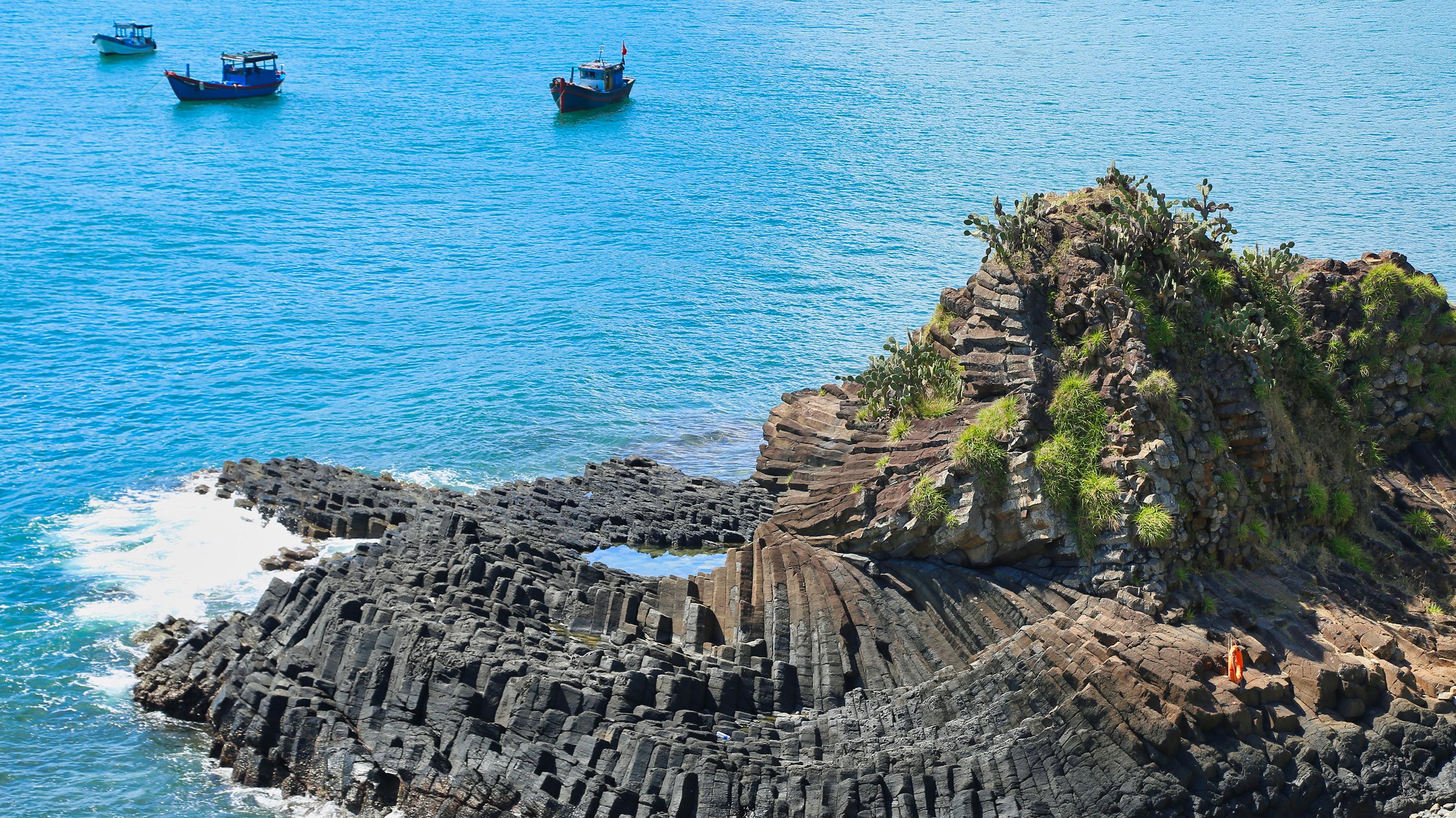Back to the sea
Ganh Da Dia is perhaps the most famous scenic spot in Tuy An - a unique national natural landscape, recognized by the state since 1988 - with hexagonal stone pillars nestled together, looking from afar like a giant honeycomb right at the edge of the sea.
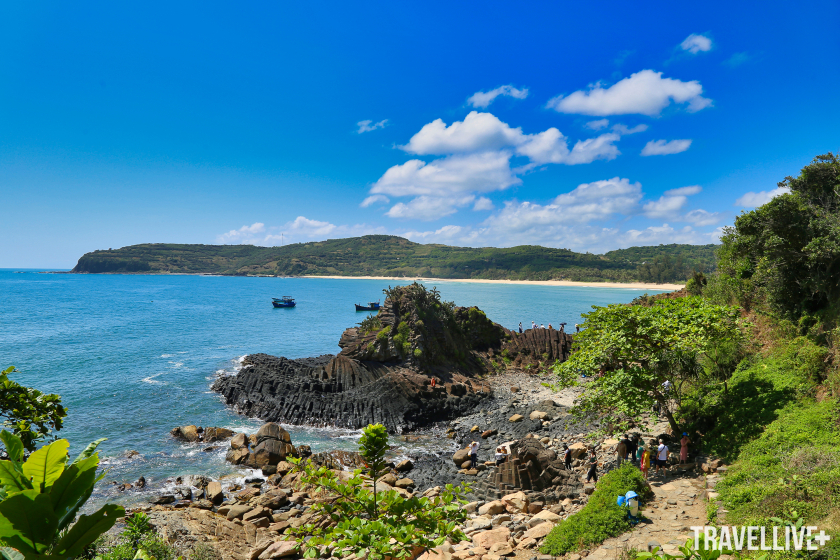
Ganh Da Dia is located about 35 km north of Tuy Hoa city, in An Ninh Dong commune, Tuy An district.
Ganh Da Dia was formed about 200 million years ago. When lava flows erupted from volcanoes on the Van Hoa plateau, they flowed into the sea, suddenly met cold seawater, froze and cracked, creating a unique and fascinating natural landscape as it is today.
Because it is one of the most unique rocky outcrops in the world, most tourists who come to Phu Yen try to visit Ganh Da Dia at least once.

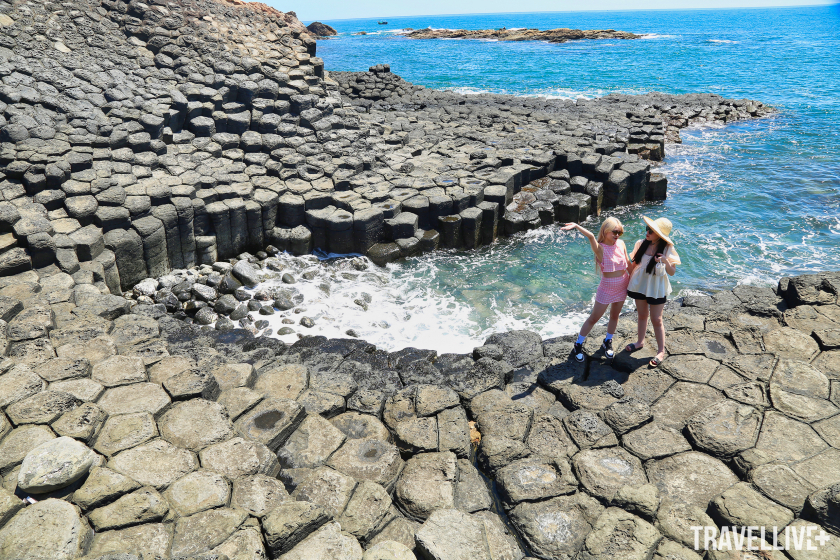
Located about 10 km west of Ganh Da Dia, Mang Lang Church (An Thach Commune, Tuy An) is famous for being the first church in Phu Yen Province in 1892, and is also one of the oldest churches in Vietnam. This place also preserves the first Vietnamese book by priest Alexandre de Rhodes - who is considered to have created the Vietnamese national language.
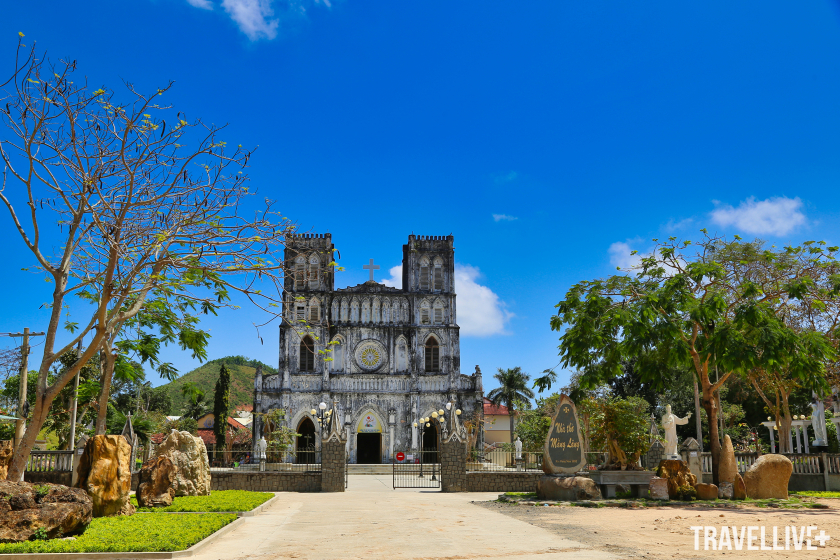
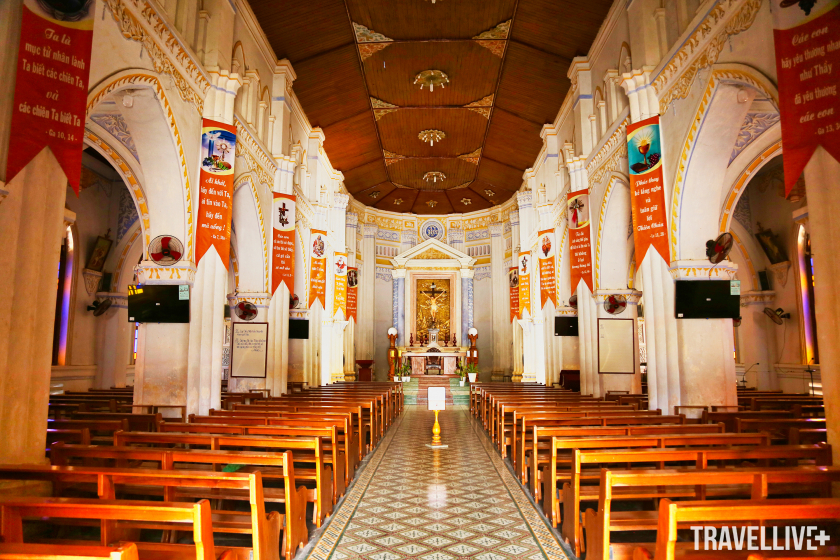
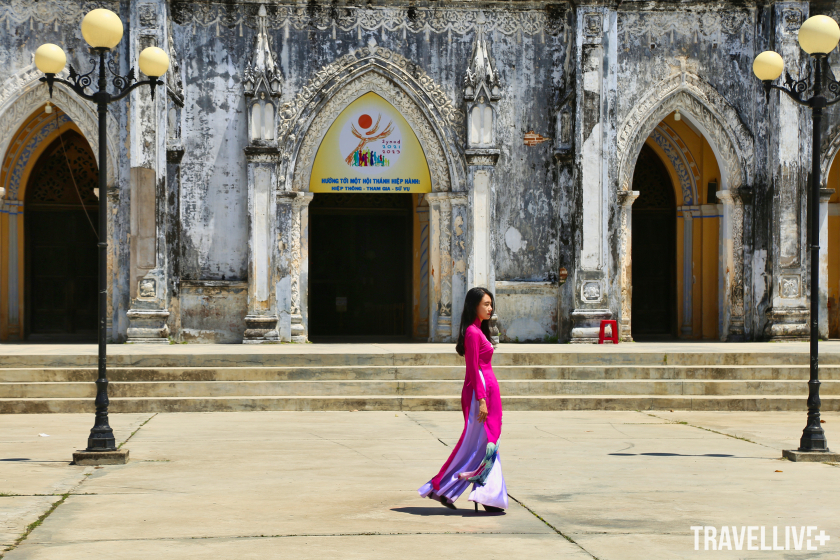

Go to Vuc Hom waterfall
Leaving Mang Lang Church, we returned to Chi Thanh town on Highway 1A and entered the road to the western mountains, to Vuc Hom waterfall.
The waterfall is more than 30 km from Chi Thanh, a little-known scenic spot in the western mountainous region of Tuy An district, in An Linh commune. In fact, in An Linh commune, there are two waterfalls on the same stream and just over 1 km apart: Vuc Song waterfall above and Vuc Hom waterfall below.
These two waterfalls are located in a relatively remote area, little known to tourists. In the past, getting to this area was quite difficult because of the steep passes and many sections without roads. Fortunately, now the roads to these two waterfalls have been concreted, making access to them much easier.
You have to walk about the last 500 meters to reach the waterfall, you can park your car at the local people's house right at the entrance to the waterfall - they are very cheerful and hospitable. The rocky dirt road from the residential area down to Vuc Hom waterfall is steep and steep, some members of the group quickly "stick out their tongues" when thinking about going up, however, when they hear the sound of rushing water near the waterfall, everyone becomes excited with the cool feeling that the waterfall brings.

Vuc Hom Waterfall in An Linh, Tuy An
The waterfall is not high, only about 20 meters (Vuc Song waterfall in the stream section more than 1 km ahead is even lower, only about 10 meters). Both waterfalls in this area have the same special feature: the rock blocks of the waterfall are vertical basalt columns, close together, similar to the geological structure of Ganh Da Dia.
The clear blue lake at the foot of the waterfall is cool, tiny bubbles of water fly all over the lake, meeting the sunlight to create seven-colored rainbows that sometimes appear and sometimes disappear.
The long, hot afternoon journey, along with the long uphill walk, made everyone sweat profusely, but when they reached the waterfall, the cool air immediately cooled everyone down. After being absorbed in taking “virtual life” photos next to the waterfall, the members began to lose their composure at the clear blue lake.
This season the water at the waterfall is less strong, the lake is very clear and not muddy like in the rainy season; the waterfall is also more gentle and poetic, not scary in the flood season. The water level here in March is not deep so it is quite safe to swim.
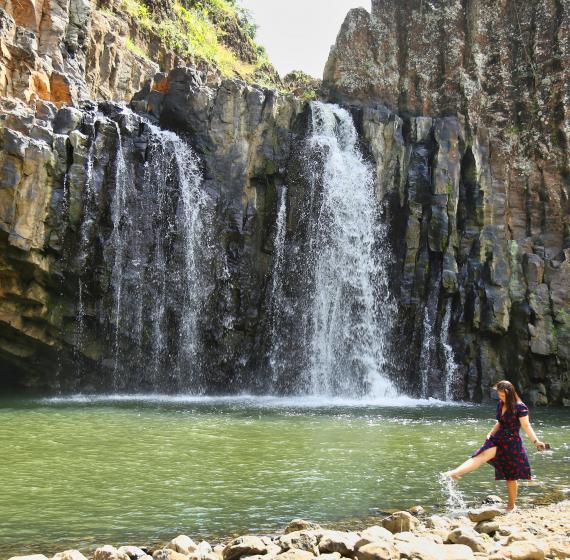
Live "virtual" next to the waterfall
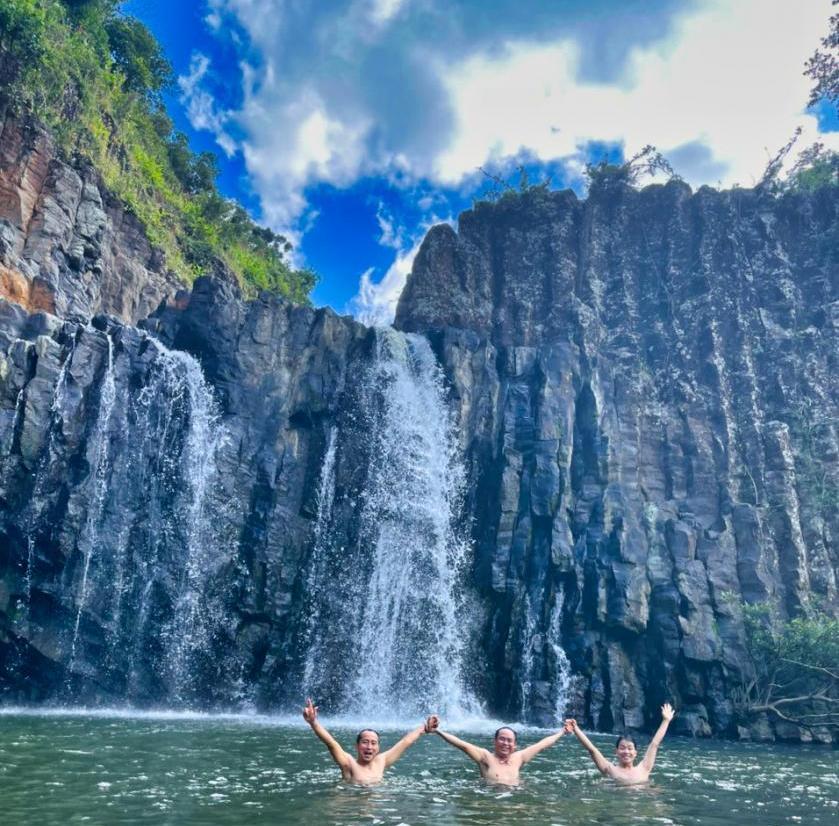
Swimming and splashing in the clear blue water
Only when the sunlight faded under the forest canopy did we leave Vuc Hom waterfall with regret. If we had more time, camping overnight at the foot of Vuc Hom waterfall would have been an even more wonderful experience.






